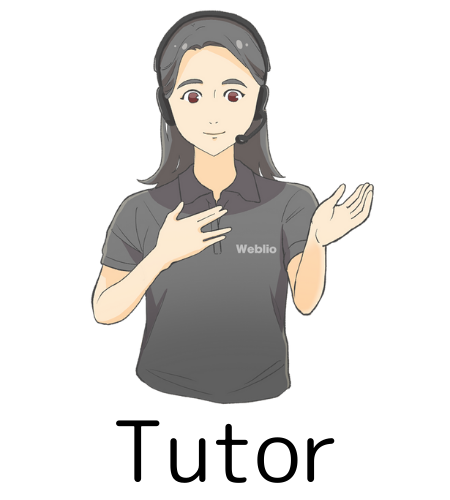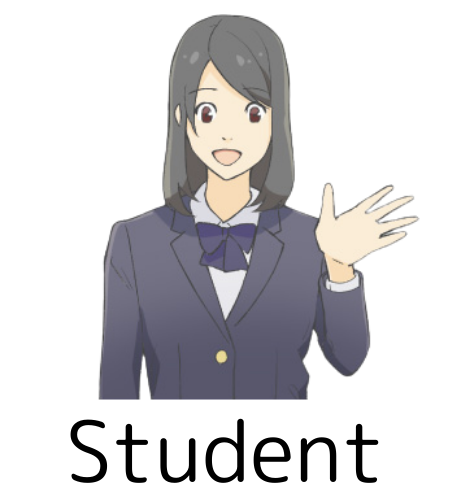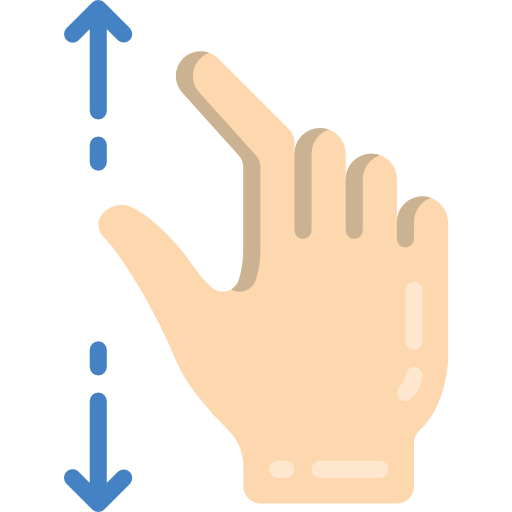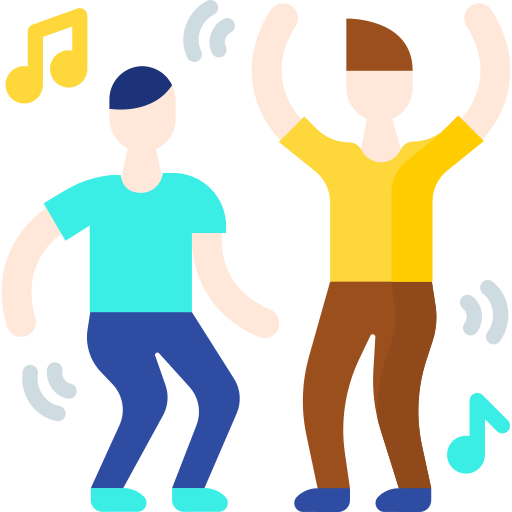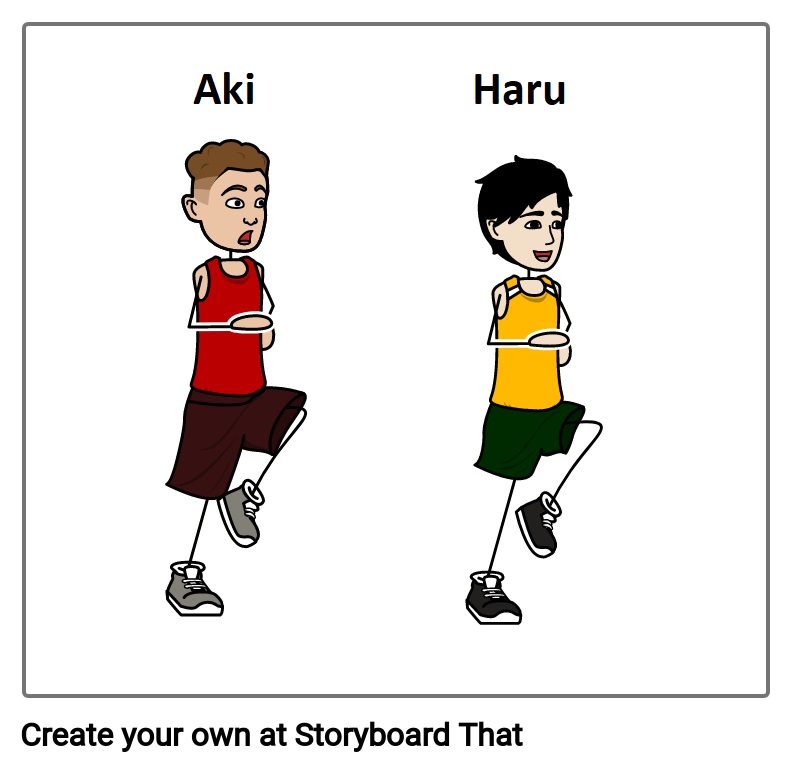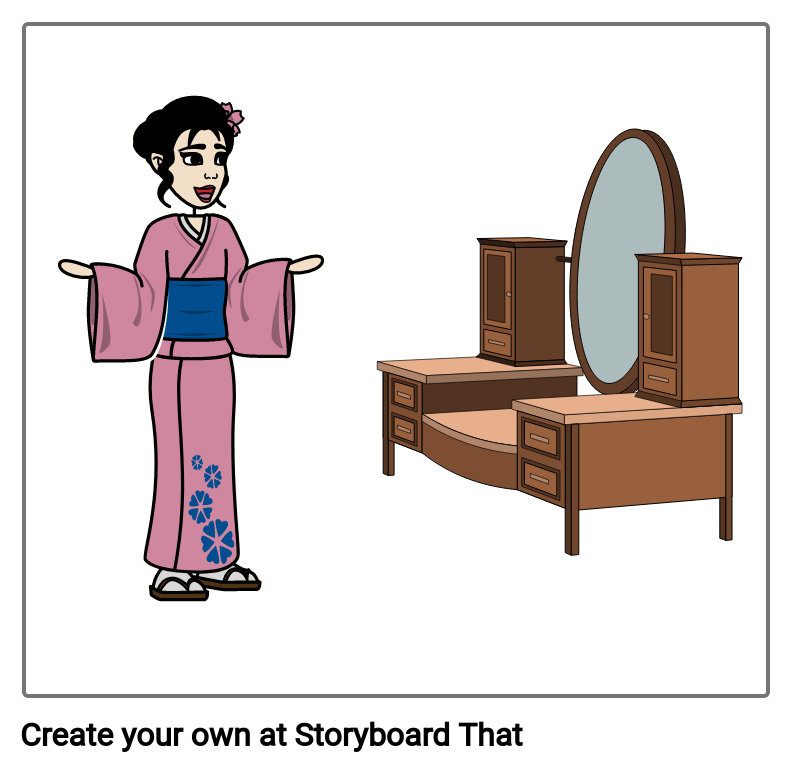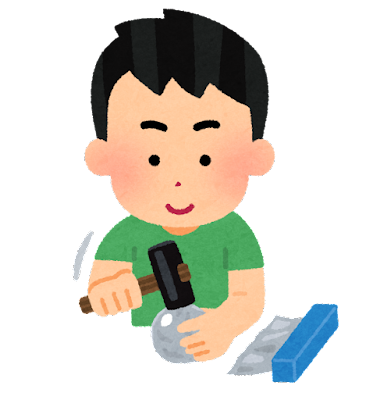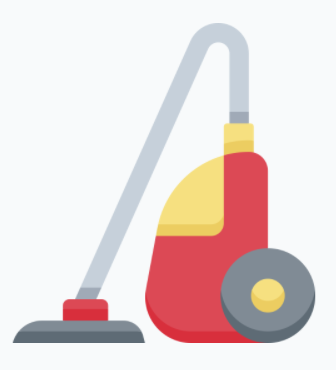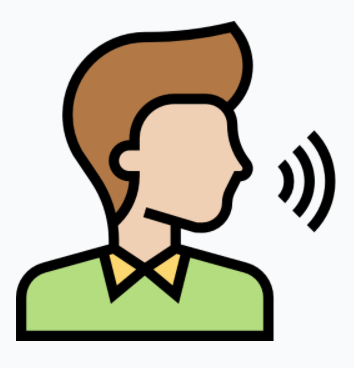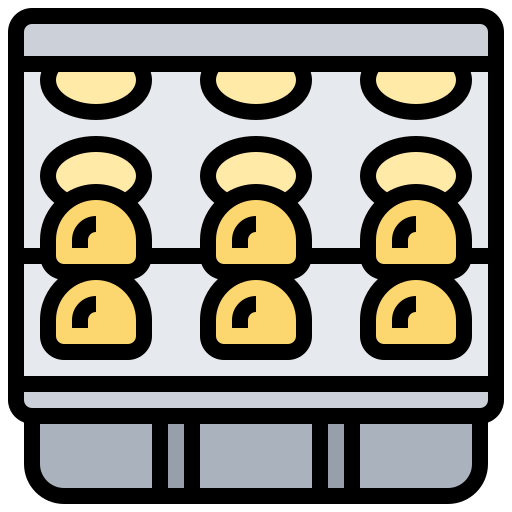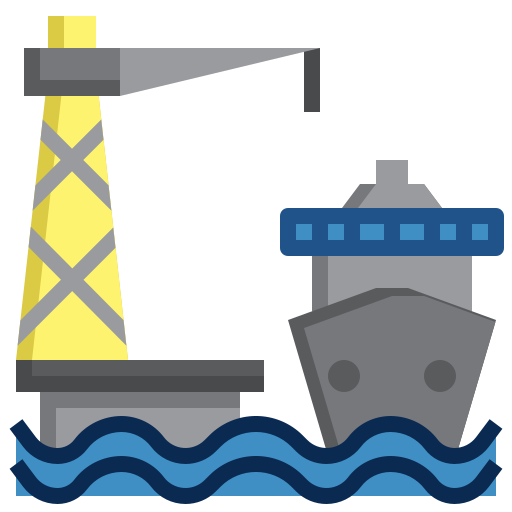| 1. | address |
|
宛てる
|
|
| 2. | significant |
|
重要な
|
|
| 3. | analyze |
|
分析する
|
|
| 4. | convince |
|
(…を)確信させる
|
|
| 5. | belongings |
|
所持品
|

Kuribayashi was the person who led the Japanese in the battle. He understood his mission clearly and analyzed the geographical features of Iwoto. His strategy was to hide in underground shelters; he was convinced that it would decrease Japanese casualties and delay Japan’s defeat. Digging was difficult and Kuribayashi was strict, but he encouraged his soldiers to write letters to their families.
Since the war, many efforts have been made to return the Japanese soldiers’ belongings to their families from the US. These include notebooks, diaries, family photos, and farewell letters. Knowing this situation, what kind of thoughts do you think the soldiers tried to put in their letters?
| 1. | Who is Tadamichi Kuribayashi? |
| Answer: | |
| 2. | How many soliders did Japan have in the war? |
| Answer: | |
| 3. | What was Kuribayashi’s strategy in the war? |
| Answer: | |
| 4. | How do you feel about the soldiers who wrote farewell letters to their families? |
| Answer: | |
| 5. | Do you still write letters to your friends or family? Why or why not? |
| Answer: |
| address | |
| significant | |
| belongings |
I will give you 3 minutes to write and prepare your essay. Then, you will read your essay aloud.
| 1. | How do you keep in touch with your friends or relatives? |
| Answer: | |
| 2. | What do you think is the importance of diaries? |
| Answer: | |
| 3. | Some say that handwritten letters have more value than text messages. Do you agree with that? Please share your thoughts. |
| Answer: |









